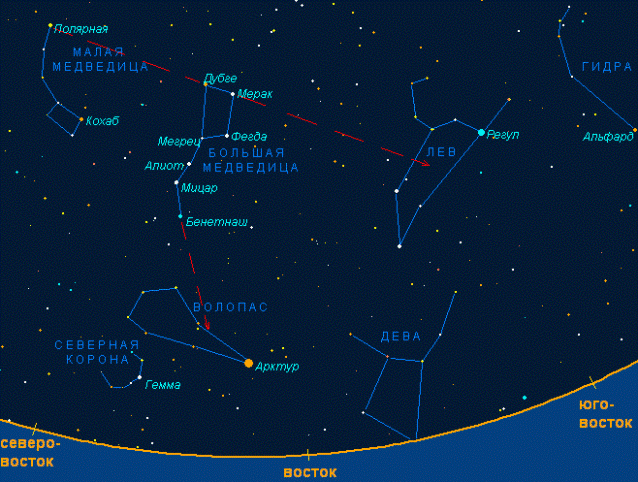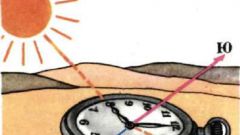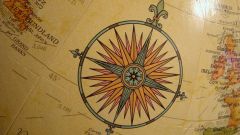You will need
- watch;
- - the knife.
Instruction
1
2
In order to determine the location of the South early in the morning, look at where the sun rose. Stand facing the sunrise, the South will be on the right. Using this method, please note that in summer, sunrise is in the North-East, the South will be slightly behind to the right, and in the South-East, South in this case will be located a little ahead on the right.
3
Similarly, determine the location of the South in the evening, at sunset. Face the setting sun, South will be on the left (in the summer – just ahead, and in winter a little behind).
4
If you have a mechanical watch, point the hour hand at the sun. Then divide the angle formed between the numeral 1 on the dial and the hour hand in half. Bisector of the angle will point to the South. Note that sharing should always be an acute angle.
5
Night try to determine the position of the compass on the North star. To do this, locate the Big dipper and the two rightmost stars draw an imaginary line. On continuing to put five times the distance between these stars. Here is the North star, turn your back to it – before you South.
6
If you need to determine the position of the South in the full moon, stand up to the moon's South will be behind you. The moon, in the first quarter (the edge of the "sickle" to the left) will be located exactly in the South at 20 hours, in the last quarter of it will point to the South at 8 am.
7
Early spring view which side the faster the snow melts. If you saw that one side of the ravine the snow is gone, cleared one side of the stone or wood – boldly concludes that the South is on this side. In this case, note that the selected object must be open access to the sun.





